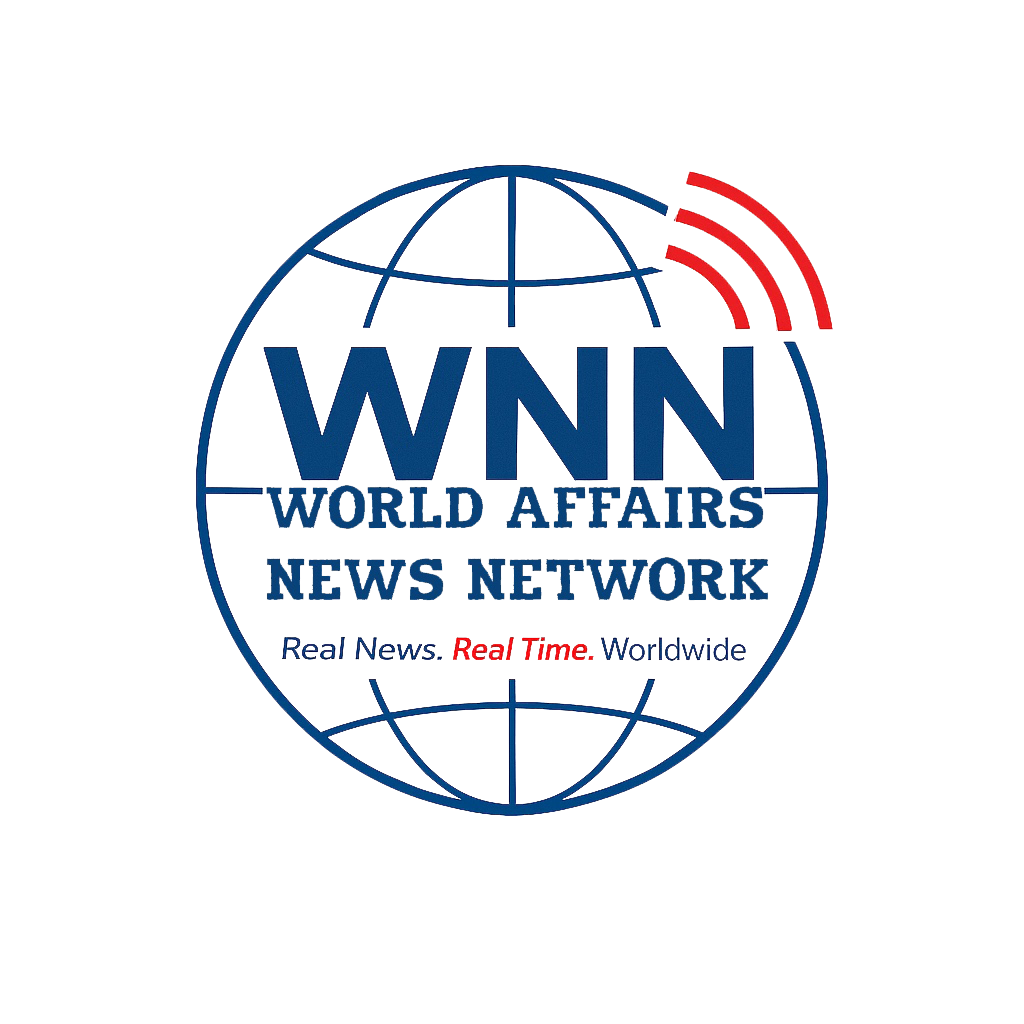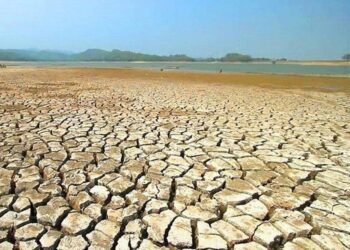KATHMANDU/NEW DELHI: The sudden resignation of K.P. Sharma Oli, Nepal’s most seasoned political survivor, after violent anti-corruption protests that left 19 people dead, is more than a domestic upheaval. It marks a turning point for South Asia’s geopolitics, where India and China are locked in a battle for influence in one of the region’s most strategically sensitive states. It is also a moment of reckoning for Nepal’s fragile democracy.
The crisis highlights a clash between Nepal’s entrenched political elite and a restless younger generation. Nearly 63% of Nepal’s 30 million people are under the age of 35, according to the Central Bureau of Statistics. Yet unemployment remains among the highest in South Asia, driving more than 3.5 million Nepalis abroad, mainly to the Gulf and Malaysia in search of work. Annual remittances contribute nearly 24% of GDP, a staggering dependency that underscores structural economic failure.
Against this backdrop, Oli’s move to ban 26 social media platforms struck a raw nerve. For young Nepalis, this was not simply about losing access to Facebook or TikTok; it was about being silenced in a system where corruption and stagnation have long been normalized. The “Gen Z movement” that followed demanded accountability and space for political renewal. Yet Oli’s fall is not just a domestic drama. It reopens Nepal’s geopolitical compass at a time when India and China are engaged in a high-stakes contest for influence across the Himalayas.

Since the 2015 India-Nepal border blockade, which led to crippling shortages of fuel and medicines, Oli had pivoted decisively towards Beijing. His government signed a landmark transit agreement with China, reducing India’s near-monopoly on Nepal’s trade routes. He also brought Nepal into the Belt and Road Initiative (BRI), raising Beijing’s hopes of making Kathmandu a strategic node in its Himalayan strategy.
India, however, has historically been Nepal’s closest partner, tied by geography, culture, and an open border. Over six million Nepalis live and work in India, creating people-to-people bonds unmatched by China.But under Oli, ties soured especially after his government redrew Nepal’s political map in 2020 to include Lipulekh, Kalapani, and Limpiyadhura, disputed territories under Indian control. That act of “cartographic nationalism” boosted Oli’s popularity at home but deepened mistrust in New Delhi.
Now, Oli’s ouster comes at a delicate moment for India. The Modi government has placed South Asia at the heart of its “Neighborhood First” policy. Instability in Kathmandu threatens India’s narrative of being a regional stabilizer. Prime Minister Modi’s swift decision to convene the Cabinet Committee on Security (CCS) within hours of Oli’s resignation underscored the stakes. India’s statement that “the stability, peace, and prosperity of Nepal are of utmost importance” reflected genuine concern that Beijing could exploit the vacuum.
For China, the path forward is one of cautious opportunism. Nepal remains central to its Himalayan strategy and its western development agenda. Infrastructure projects under the BRI, most ambitiously a proposed rail link from Tibet to Kathmandu, form the backbone of Beijing’s long-term goals. Yet growing public resentment toward opaque deals and alleged corruption in Chinese backed projects has complicated Beijing’s position. Oli’s fall, closely tied to his perceived closeness to Beijing, is being interpreted by some as a setback for China’s ambitions.
The United States, too, has a stake. Washington has advanced its Millennium Challenge Corporation (MCC) compact in Nepal as a counterweight to the BRI. Political instability now threatens to delay or derail those U.S.-backed infrastructure and energy projects, further pulling Nepal into the currents of great power rivalry.
At home, the consequences are equally grave. Investor confidence has plummeted amid political turbulence. The Asian Development Bank projects GDP growth at just 3.3% in 2024, among the lowest in South Asia, while inflation hovers near 7%. The protests laid bare a deeper legitimacy crisis: a state unable to create jobs or deliver governance, yet unwilling to allow dissent.
Reports of President Ram Chandra Poudel’s resignation, the suspension of flights, army deployment in the streets, and images of jubilant protesters torching Oli’s residence point to a country teetering on the edge. The risks are not only further bloodshed but also an erosion of democratic legitimacy that could push Nepal back toward the instability of its pre-2008 monarchical era.
For India, the challenge will be to re-engage Nepal without appearing overbearing. Past interventions from the 1989 trade blockade to the 2015 crisis fueled nationalist backlash and allowed Beijing to gain ground. This time, New Delhi must strike a balance between protecting its security interests and respecting Nepal’s sovereignty, leaning on cultural affinities, economic partnerships, and open-border integration to rebuild trust.
For China, the lesson is equally stark: elite bargains cannot substitute for public legitimacy. Unless Beijing adjusts to the democratic and generational dynamics reshaping Kathmandu, its Himalayan strategy risks losing traction.
Ultimately, Oli’s fall is not just the story of one leader’s downfall. It is the story of a nation at a crossroads between generations, between democracy and authoritarian relapse, and between two competing Asian giants.
Whether Nepal’s Gen Z revolt leads to democratic renewal or deepens crisis will shape not only Kathmandu’s future but also the balance of power in the Himalayas. The burning of Oli’s residence may prove symbolic: the ashes of an old order giving way to the uncertain rise of a new one, where India, China, and Nepal’s restless youth all have decisive roles to play.
– Dr. Shahid Siddiqui; follow via X @shahidsiddiqui
WATCH, LIKE and SUBSCRIBE CHANNEL





















